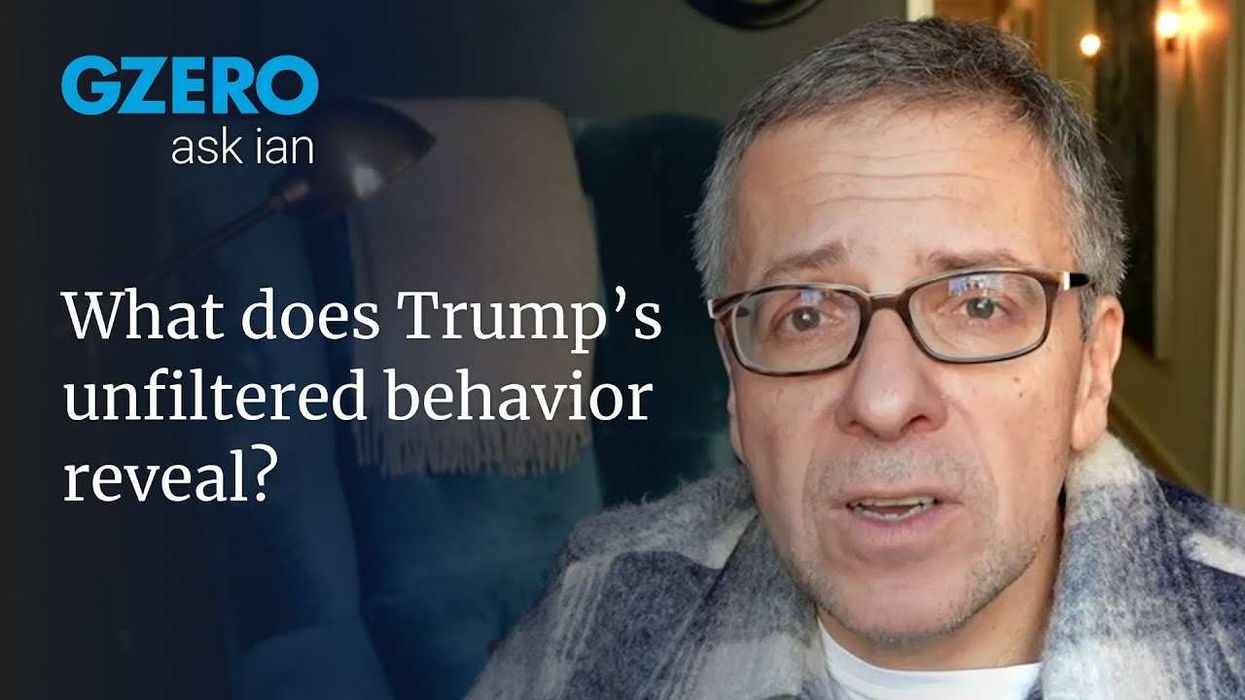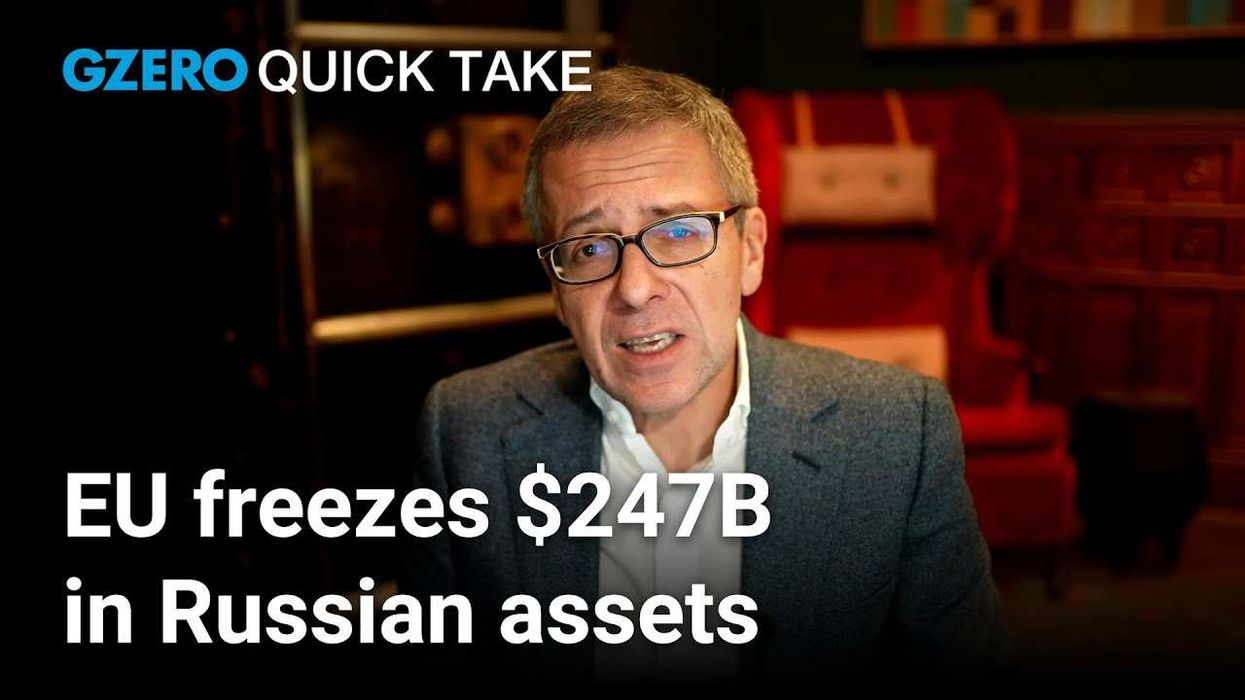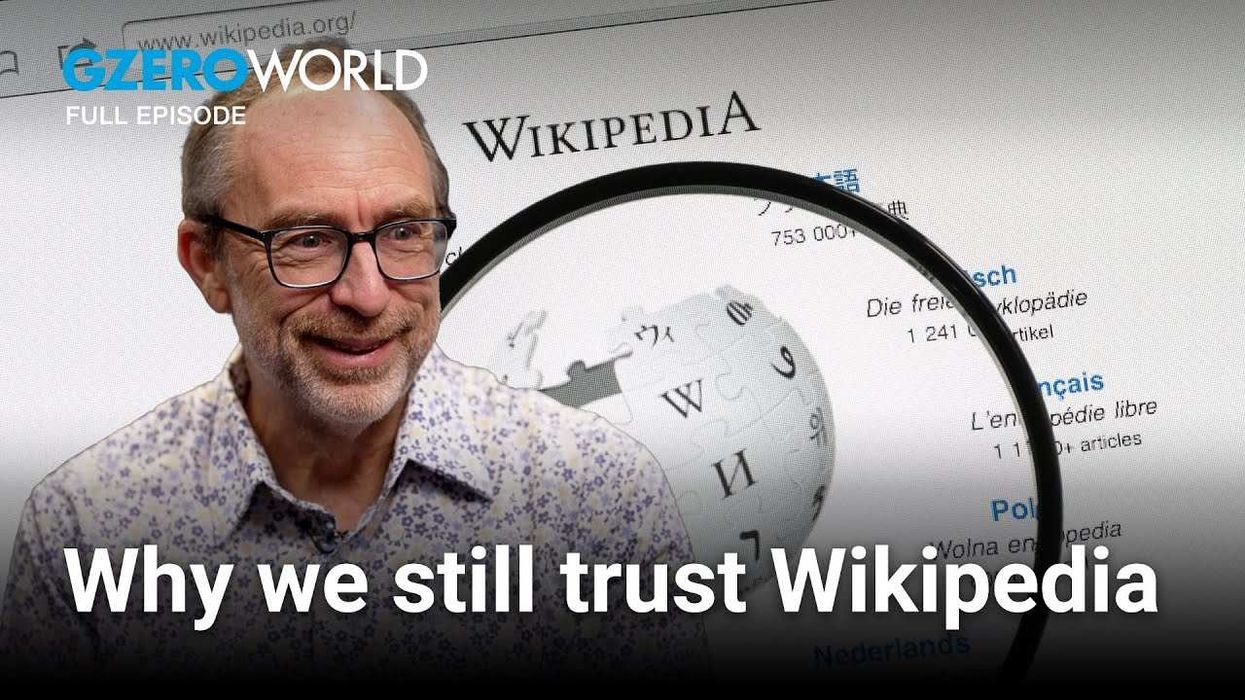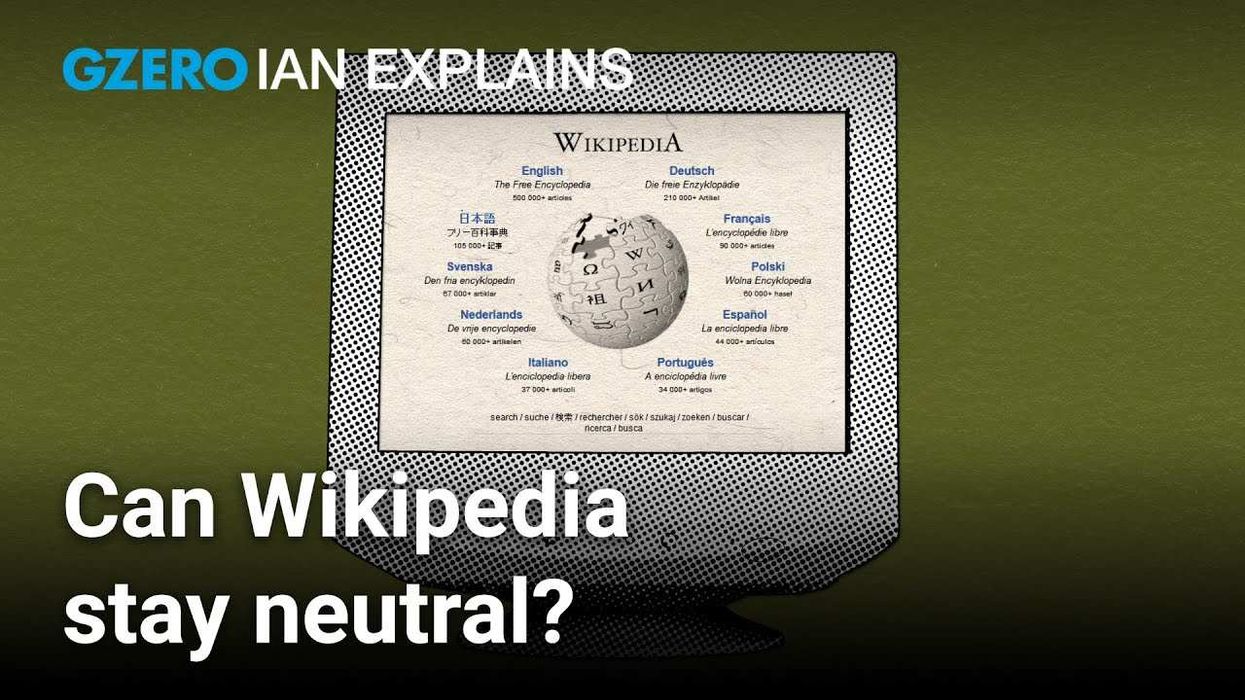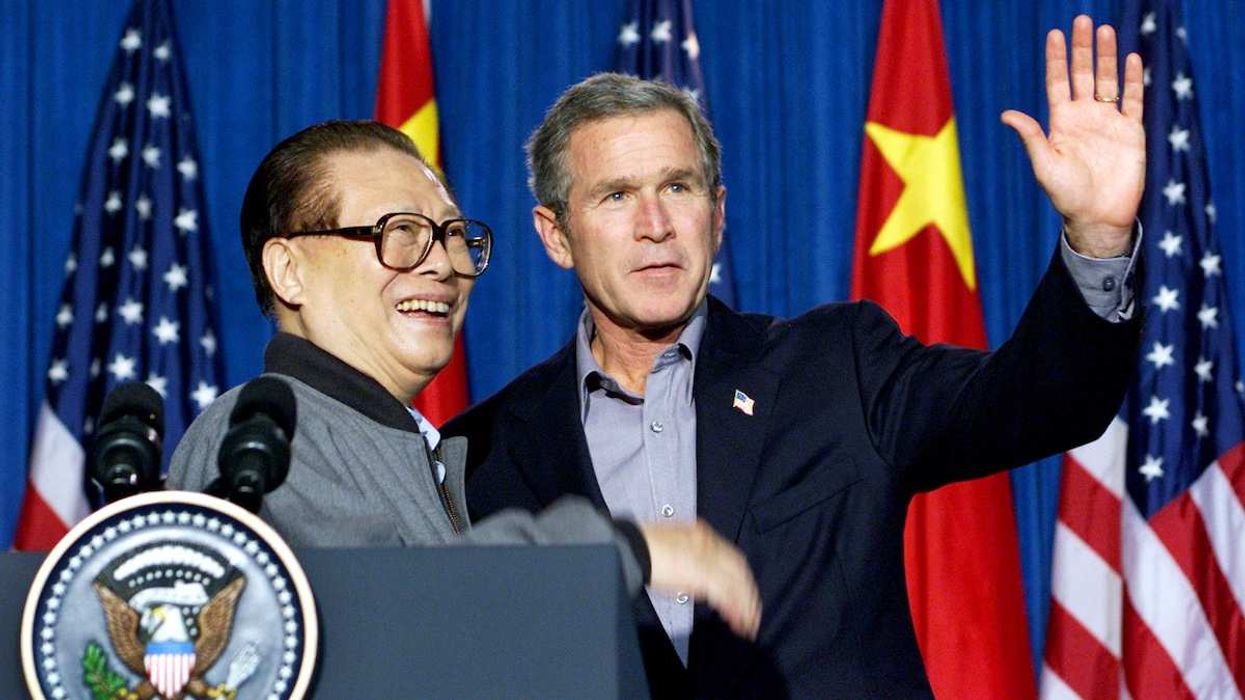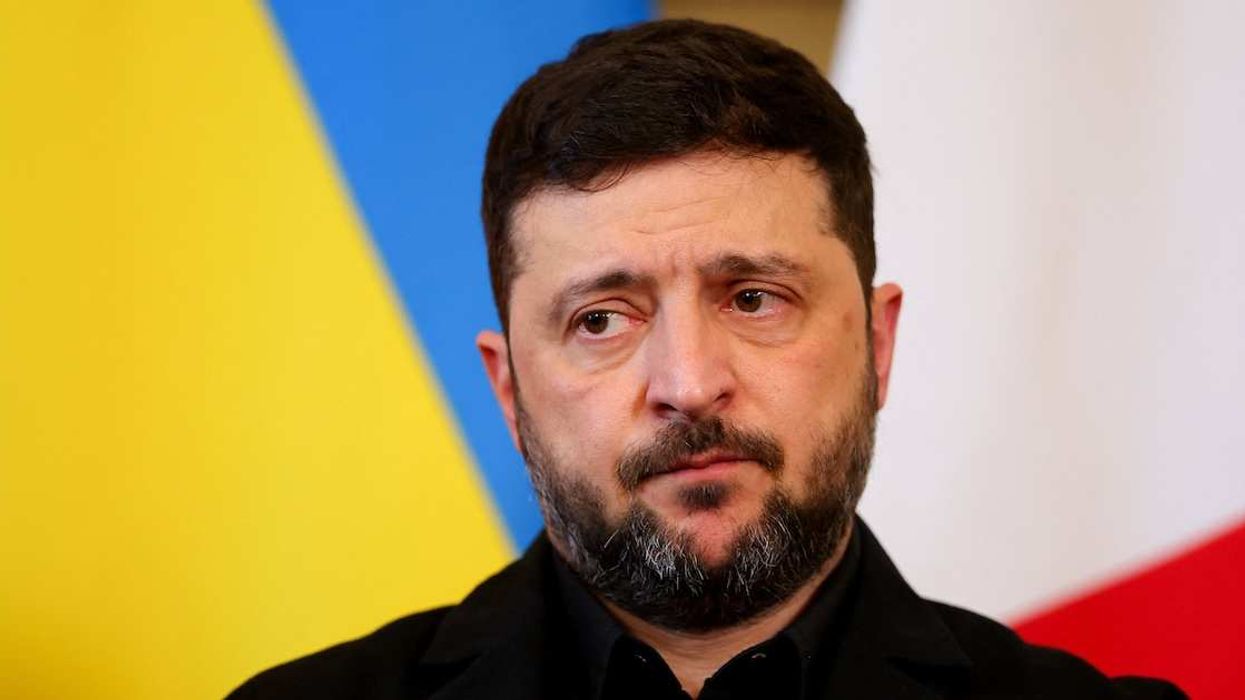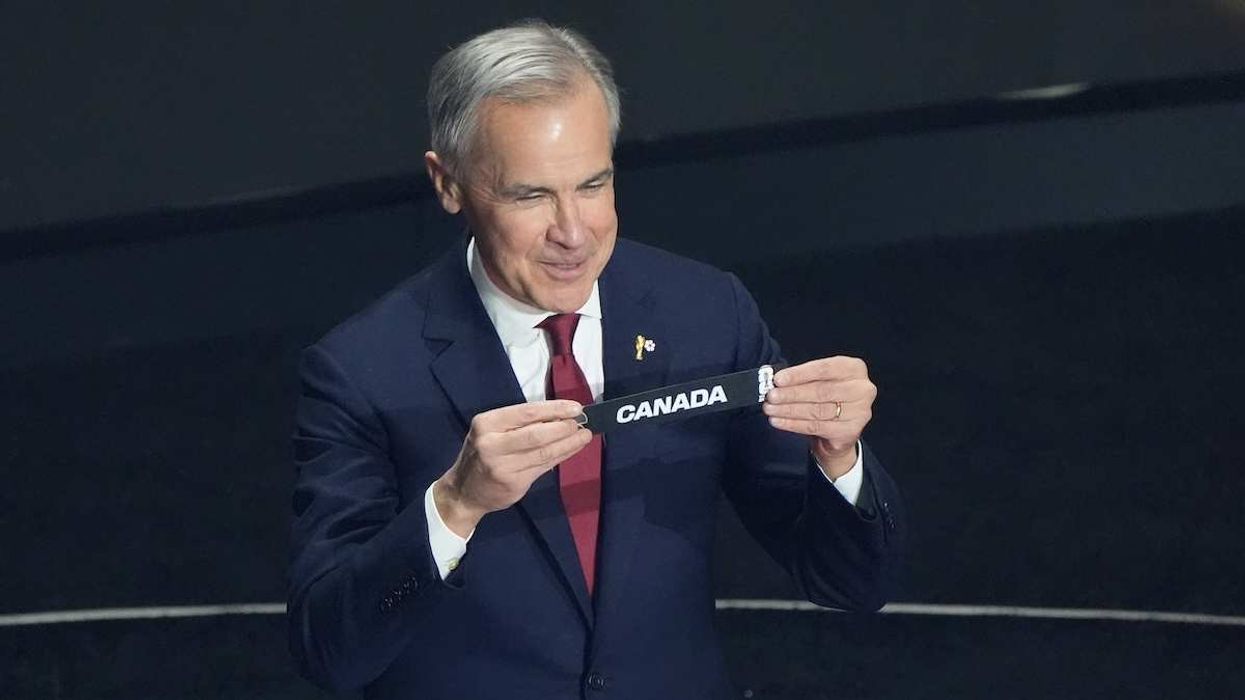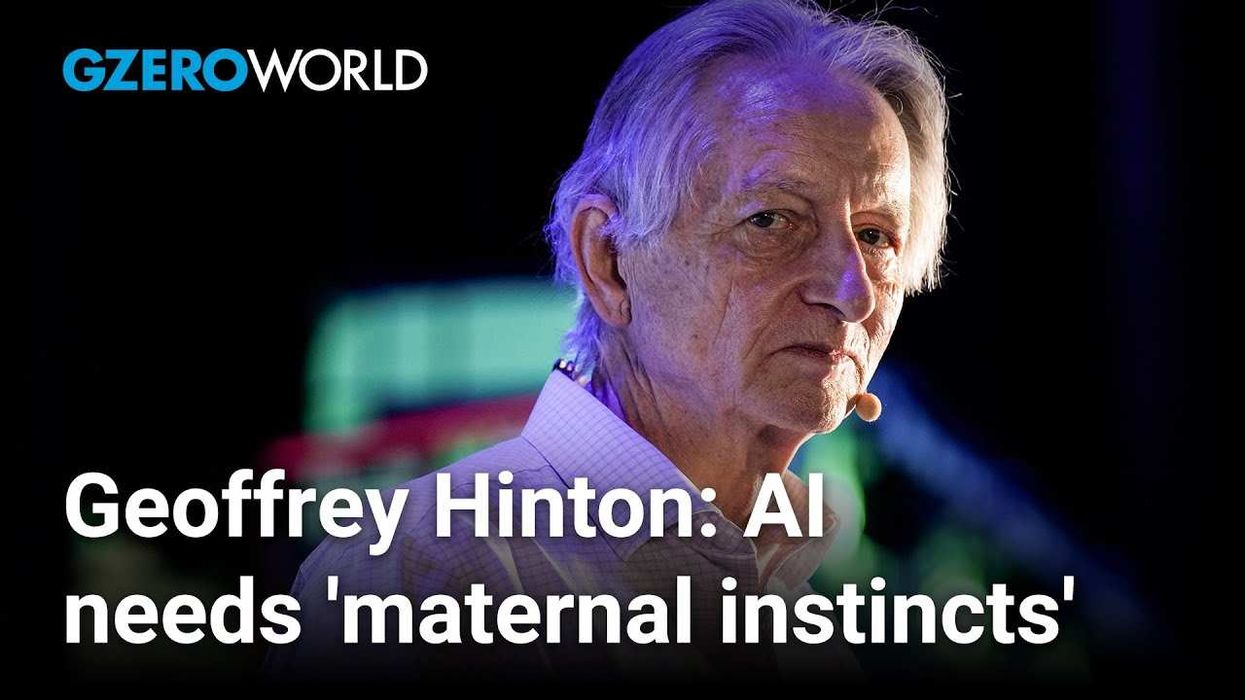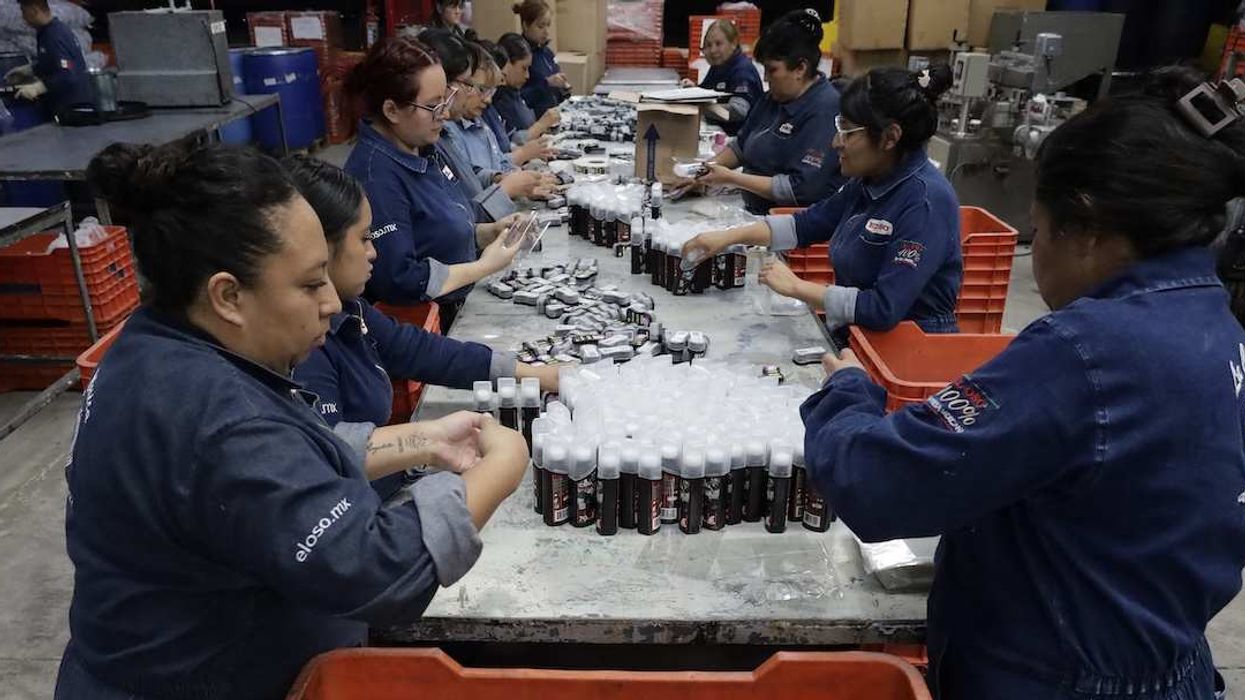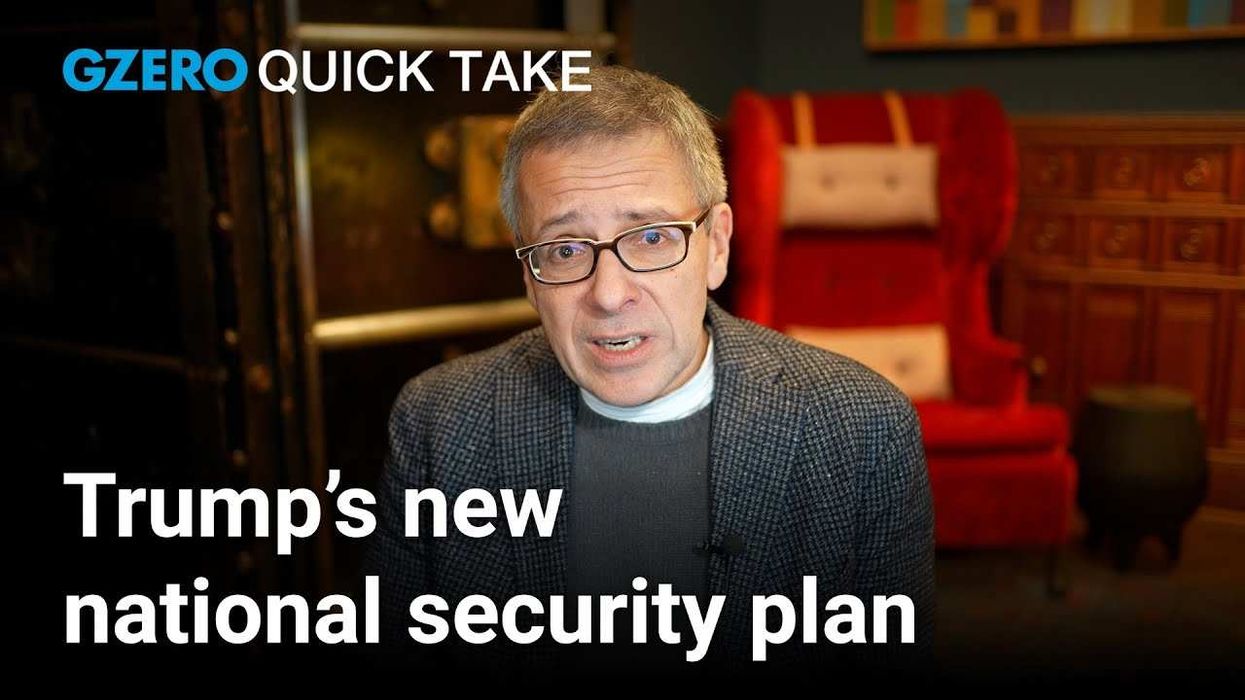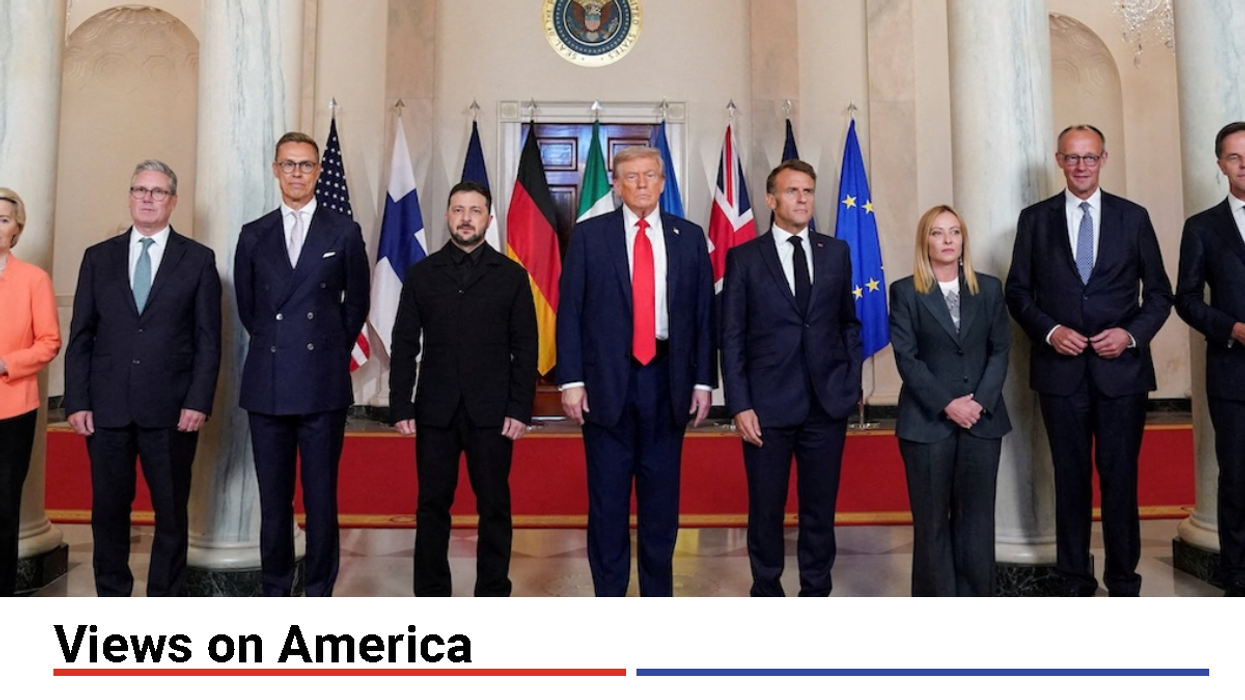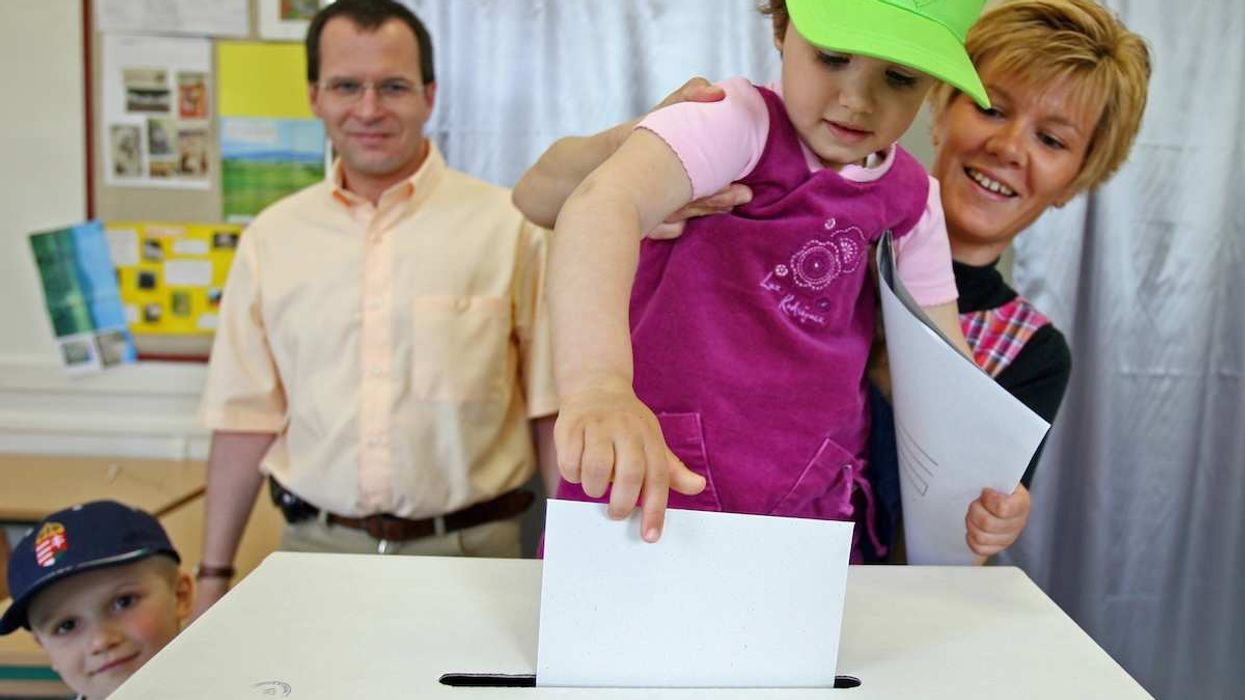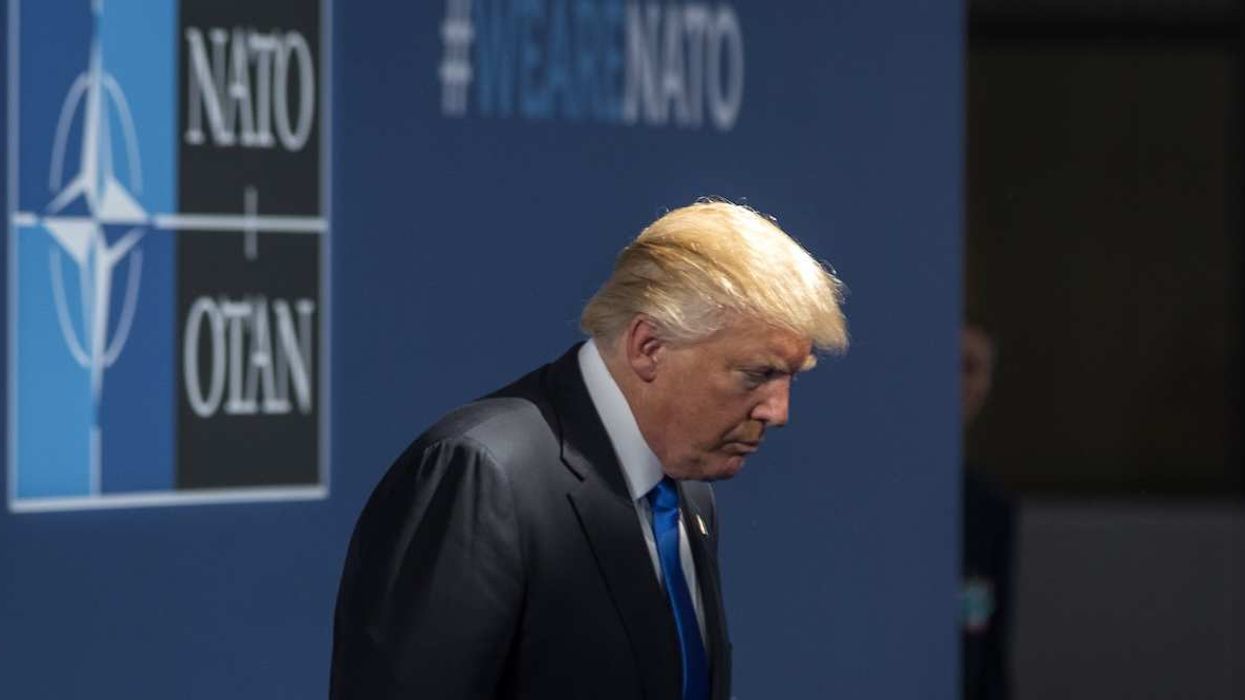If anyone thinks the Democratic Party has a plan for combating US President Donald Trump or winning future elections, they should think again.
“The Dem messaging has been all over the place,” says Sarah Matthews, who served as deputy press secretary during Trump’s first administration but resigned after the storming of the US Capitol on Jan. 6, 2021. Last year, she endorsed former Vice President Kamala Harris.
Matthews isn’t alone in her critique of the Democrats. Several Democratic strategists who spoke to GZERO scoffed when asked if the party has a unified approach. It’s a stark contrast from eight years ago, when Democrats were united behind halting Trump’s agenda, eventually leading to a stomping victory in the 2018 House elections with a campaign centered on protecting the Affordable Care Act.
Today’s Democratic Party is devoid of leadership and strategy, with no clear plan for how to take on the president or win future elections. Gone are the days when Rep. Nancy Pelosi (D-CA), the former House speaker, publicly tussled with Trump in the White House – and won. With no clear path forward, the Dems risk further fragmentation as they desperately try to regain their footing ahead of the 2026 midterms and beyond.
Winging it
Just over 100 days into Trump’s second term, the only left-leaning party that seems united against him is based in Canada. Meanwhile, the Democrats’ defense has been disjointed. Some are focusing on the economy, others are criticizing Trump for challenging the legal authorities, while others are just echoing former President Joe Biden’s warnings about Trump’s alleged threat to democracy – as if that worked last year.
Sen. Bernie Sanders (I-VT) and Rep. Alexandria Ocasio-Cortez (D-NY), two darlings of the American left, have toured the country in recent weeks to tout an economic-focused message aimed at wooing working-class voters. Sen. Chris Van Hollen (D-MD) has zeroed in on due process by flying to El Salvador to advocate for a deported man from Maryland, while Sen. Chris Murphy (D-CT) is using every platform possible to argue that Trump is undermining democracy.
Some Democratic missives are even in direct conflict with one another. Matthews points to California Gov. Gavin Newsom “trying to cater a little bit to the MAGA crowd” by interviewing conservative activists on his new podcast. Sanders and Ocasio-Cortez, meanwhile, are painting the president and his close allies as an oligarchy.
For Jeff Weaver, who was Sanders’ campaign manager for the senator’s 2016 presidential run, the disjointed communication is just the tip of the iceberg. He argues that Democrats have been papering over their cracks for some time, noting that they’ve hemorrhaged support from its base of working-class voters. Two-thirds of non-college-educated voters went for Trump last year, per NBC News exit polls, whereas they split their vote 12 years ago. People of color each shifted markedly toward the Republicans, too, Weaver notes. A major change in message and leadership, he says, is long overdue.
“In all likelihood, Joe Biden would not have become president in 2020 if not for COVID, the performance of ‘22 was not that overwhelming, frankly,” Weaver told GZERO. “[Democrats] fooled themselves into believing that they had a strong base of support, particularly among working-class people.”
The leadership vacuum creates an opening
The Democratic Party hasn’t had such an absence of leadership since the turn of the century and the end of Bill Clinton’s presidency. Former President Barack Obama emerged from that drought and led the country for eight years, Biden for another four. When Democrats didn’t control the White House, Pelosi – the top House Democrat for two decades – filled the void. With the former speaker no longer leading her caucus and Trump back in charge, an abundance of other Democrats – from Sanders to Newsom – have tried to carry the torch. As yet, none have emerged as the clear leader.
But Democratic pollster Zac McCrary isn’t too worried about this just yet.
“You have to let 1,000 flowers bloom,” says McCrary. “The direction of the Democratic Party is more open-ended than it has been, is more up for grabs than it has been in a generation.”
“I think it’s a good thing coming after an election where Democrats lost all three legs of the stool in terms of both chambers of Congress and the presidency,” he adds.
Party strategists agree that a party leader won’t emerge until the 2028 presidential primaries begin. In the meantime, they say, Democrats can battle test their messages – and their strategies – to see which ones land.
An easier target for Democrats will be the midterm elections, which are 18 months away. The party in power has historically performed poorly, as opposition voters are more motivated to go to the polls. The midterms are also a referendum on the president, and Trump had the lowest 100-day approval rating in 80 years. Potentially adding fuel to the fire: The US economy looks headed for recession, thanks in no small part to Trump’s widespread tariffs.
Trump’s recent own goal on trade policy and his firing-cum-reshuffle of former National Security Adviser Michael Waltz have finally given the Democrats an opening. Rep. Derek Tran (D-CA), one of the Democrats’ rare success stories in 2024 who flipped a Republican-held House seat, acknowledged that the Trump administration’s swift actions early in the term forced Democrats on defense. But now Tran believes it is time to flip the script and go on the offensive against any ineptitude by the administration.
“[Waltz] is one of the rotten apples in the barrel,” the first-term congressman said, before calling for the firing of Defense Sec. Pete Hegseth, who shared US war plans on multiple Signal chats.
“He’s putting a lot of soldiers’ lives at risk,” Tran said of Hegseth. “The incompetency in this administration has to stop.”
Some are eyeing the bigger prize
Though most Democrats – including Tran – are focused on the midterms, a handful are looking beyond 2026. Kentucky Gov. Andy Beshear and former Commerce Sec. Gina Raimondo are openly flirting with a run for the White House in 2028. Maryland Gov. Wes Moore and Illinois Gov. J.B. Pritzker are taking trips to states that hold early primary elections. Former Transportation Sec. Pete Buttigieg has been rampaging through podcast interviews and is heading to Iowa – where he stunned the political world by winning the 2020 caucuses – next week.
Yet these potential 2028 candidates still come from the mainstream of the party, at a time when the Democratic brand is toxic — a CNN poll in March found the party’s favorability rating was just 29%, the lowest rate since the survey began. As such, some Democratic strategists – including Matthews, the former Republican – want to see more from Sanders and Ocasio-Cortez, and their message of economic populism.
“People are even underestimating AOC right now because I do think that there is an appetite for that kind of populist message,” Matthews said. “It does seem like that would be the smart move for the Democrats to lean more into that.”


